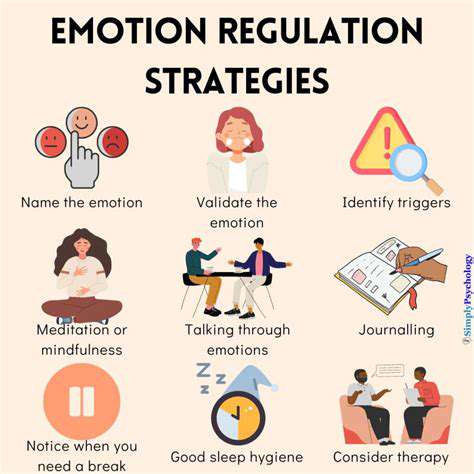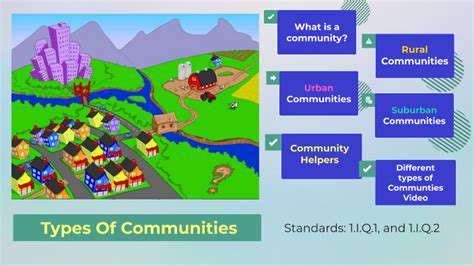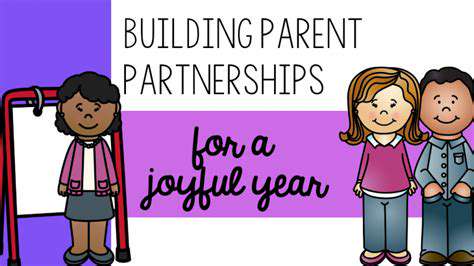Silent Treatment Alternatives for Constructive Conflict Management
Techniques for Effective Active Listening in Conflict Resolution
Master listeners employ several key techniques simultaneously. They track verbal content while monitoring tone, pace, and volume. They observe body language - the clenched jaw, the fidgeting hands, the defensive arm-crossing. Most importantly, they resist the universal temptation to formulate responses while the other person still speaks.
Try this powerful reframing exercise: After someone shares their perspective, respond with What I hear you saying is... followed by a neutral summary. This simple technique prevents countless misunderstandings by ensuring both parties share the same understanding of what was communicated.
Another transformative practice involves identifying the emotions underlying the words. Statements like I sense this situation makes you feel... demonstrate emotional attunement. When people feel emotionally recognized, they become far more receptive to problem-solving.
Expressing Needs and Feelings Respectfully
Understanding the Importance of Respectful Communication
Assertive communication walks the tightrope between aggression and passivity, expressing needs clearly without trampling others'. This delicate balance requires both courage and restraint - the courage to voice authentic feelings and the restraint to do so constructively.
The language we choose acts as either a bridge or a barricade. Compare You never help around the house! with I feel overwhelmed handling household tasks alone. The first statement guarantees defensiveness, while the second invites collaboration.
Practical Strategies for Expressing Needs and Feelings
Start by identifying your core need beneath the surface emotion. Anger often masks hurt, frustration frequently covers fear. Ask yourself: What do I truly need in this situation that I'm not getting? This clarity transforms vague complaints into actionable requests.
Timing matters tremendously. Bringing up sensitive topics when both parties are tired, stressed, or distracted sabotages communication before it begins. Wisdom lies in choosing moments when receptivity runs high, even if urgency pushes you to speak immediately.
The physical setting also influences outcomes. Difficult conversations flourish in neutral spaces - a park bench during a walk, a quiet café corner. Avoid discussions in power seats like behind office desks or in territorial spaces like one partner's favored chair.
Seeking Mediation and External Support
Understanding the Need for Mediation
Professional mediators function like emotional interpreters, translating conflict's chaotic language into constructive dialogue. Their trained neutrality prevents the common pitfall where well-meaning friends or family accidentally take sides, exacerbating tensions rather than easing them.
Mediation works because it imposes structure on emotional chaos. The simple act of taking turns speaking without interruption often reveals how much common ground actually exists beneath surface conflicts. Many disputes persist simply because the parties never truly hear each other through the noise of their own reactions.
Identifying Potential External Support
Choose supporters wisely. The ideal confidant combines emotional intelligence with impartiality - able to empathize without becoming enmeshed in the conflict. Surprisingly, someone less intimately familiar with the situation often provides clearer perspective than those deeply embedded in it.
Professional help comes in many forms beyond traditional therapy. Relationship coaches, conflict resolution specialists, and even certain types of financial planners can provide targeted assistance for specific conflict types. The key lies in matching the helper's expertise to the conflict's nature.
The Role of Empathy in Conflict Resolution
Empathy isn't agreement - it's understanding. This crucial distinction allows us to acknowledge another's perspective without necessarily endorsing it. The simple act of verbalizing someone else's position accurately often disarms conflict remarkably. Try it: So from your perspective, when I arrive late, it feels like I don't value your time.
Advanced empathy involves anticipating unspoken concerns. In workplace conflicts, for example, underlying fears about job security often fuel surface disagreements about procedures or policies. Addressing these root fears directly can resolve what appears to be intractable policy disputes.











